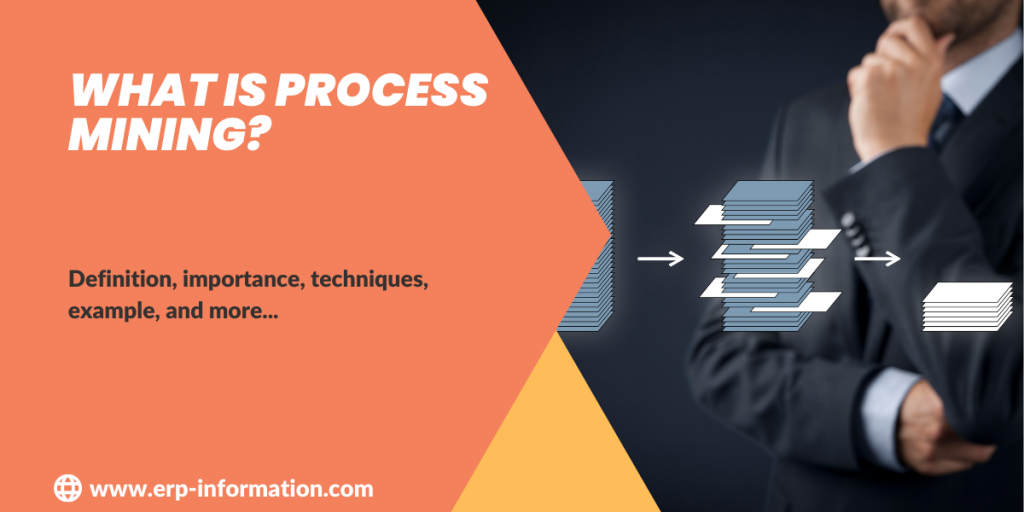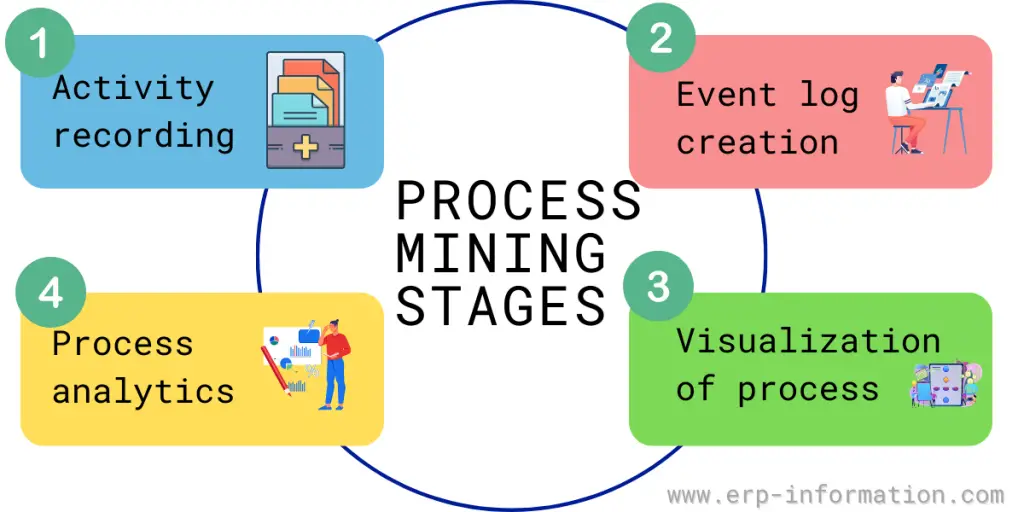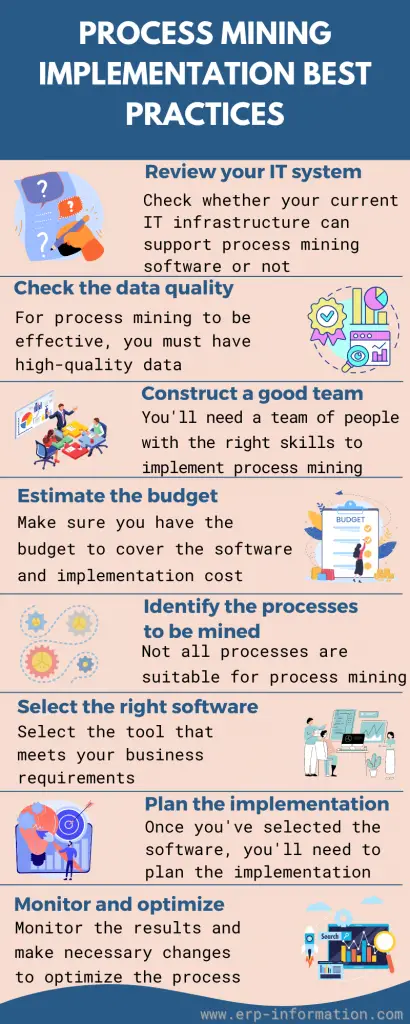You may feel unsure what process mining is or how it can help your business. It is a relatively new field that combines data mining and process modeling techniques to analyze business processes.
Using these tools, you can discover hidden problems and bottlenecks in your business processes, find ways to improve performance and optimize operations.
This post will give you a complete overview of process mining, including its importance, techniques, benefits, challenges, best practices, and use cases.
What is Process Mining?
It is a data analysis technique that helps you understand how your business processes work. Extricating information from event logs can help you identify bottlenecks and improvement opportunities.
Importance
It is important because it can help organizations improve their business processes. Identifying and tracking the steps in process mining can help organizations find bottlenecks and inefficiencies and make changes to improve performance.
Additionally, it can help organizations identify and prevent problems before they occur. It also predicts how a business process will change, which can help companies plan for changes.
Techniques
Process discovery
This approach automatically analyzes event logs to create a process model. Here, the previous process model would not be there to inform the new process model development.
Conformance checking
It compares an events log with a pre-existing process model to determine how well the two match and the deviations.
Process improvement
This approach uses process mining to identify bottlenecks and inefficiencies in business processes to improve performance. It uses extended information to enhance the existing process model.
Process Mining Examples/Use Cases
Healthcare
It can be used in healthcare to track and improve patient care pathways. For example, analyzing data from electronic health records (EHRs) can help healthcare organizations find ways to reduce the staying days, increase patient satisfaction, and improve clinical outcomes.
Banking
In banking, it can track and improve loan application processes. By analyzing data from loan origination systems, This software can help banks find ways to reduce processing time, increase approval rates, and improve customer satisfaction.
Retail
It helps to track and improve order fulfillment processes in the retail business. Analyzing data from order management systems helps retailers find ways to reduce fulfillment time, increase order accuracy, and improve customer satisfaction.
Education
It is used to track and improve student retention rates. Analyzing data from student information systems can help educators find ways to reduce dropout rates, increase graduation rates, and improve student satisfaction.
Additionally, it monitors and evaluates students’ behavior and performance to determine the effectiveness of the curriculum.
Manufacturing
In manufacturing, it can be used to track and improve production processes.
Collection and analysis of data from the manufacturing execution system help manufacturers find ways to reduce production time, increase yield rates, and enhance the quality of the product.
Additionally, it can be used to monitor and optimize supply chain processes.
IT industry
In the IT industry, it tracks and improves software development processes.
Data from project management systems will be analyzed by it and helps organizations find ways to reduce development time, increase code quality, and improve customer satisfaction.
Additionally, it can be used to monitor and optimize IT operations.
Implementation Best Practices
Review your IT system
Check whether your current IT infrastructure can support this software. If not, you’ll need to make some changes.
Check the data quality
For this software to be effective, you must have high-quality data. That means accurate, complete, and timely data.
Construct a good team
You’ll need a team with the right skills to implement it. That includes data analysts, business analysts, and software developers.
Estimate the budget
This software can be expensive. Make sure you have the budget to cover the software and implementation cost.
Identify the processes to be mined
Not all processes are suitable for process mining. You’ll need to identify the ones that will benefit most from it.
Select the right software
There are many process mining software products on the market. Select the tool that meets your business requirements.
Plan the implementation
Once you’ve selected the software, you’ll need to plan the implementation. That includes deciding how to roll out process mining and training your team.
Monitor and optimize
This is an ongoing process. You’ll need to monitor the results and make necessary changes to optimize the process.
Process Mining Benefits
- It discovers bottlenecks and inefficiencies in your business processes.
- It improves process performance using data-driven insights.
- Extracts more value from your data using this technique.
- Gain a competitive edge by optimizing your business processes.
- Understands how customers interact with your business processes.
- It uncovers hidden opportunities for growth and increased profitability.
- It gives a clear picture of your business relative to the competition.
- It can be used in any industry, including education, healthcare, manufacturing, financial services, telecommunication, etc.
Challenges
- Data Variety: Typically relies on data in electronic form. The data must be cleansed and structured for analysis, which can be time-consuming.
- Accuracy: The algorithms require accurate data to obtain meaningful insights. Errors in the input data can lead to unreliable results.
- Scale: This software is computationally intensive and can only handle limited amounts of data at a time. Larger datasets may need to be partitioned and processed in batches.
- Interpretation: The output of process mining algorithms is often complex and requires careful interpretation by analysts.
- Applications: The range of applications that can benefit from process mining is still relatively limited. Many organizations are unaware of its potential or lack the expertise to implement it.
Tools
- Celonis
- IBM
- UiPath
- Worksoft
- Aris
- Kofax insight
- Apromore
FAQs
Is Process Mining suitable for all industries?
Yes, Process Mining is versatile and applicable across various industries, offering insights and improvements in diverse sectors such as healthcare, finance, and manufacturing.
Conclusion
Process mining extracts knowledge from data that describes how a business process works. It aims to improve and optimize business processes by understanding how they work and identifying areas for improvement.
This article covered the definition of process mining, examples of how it is used in different industries, and a list of tools.


